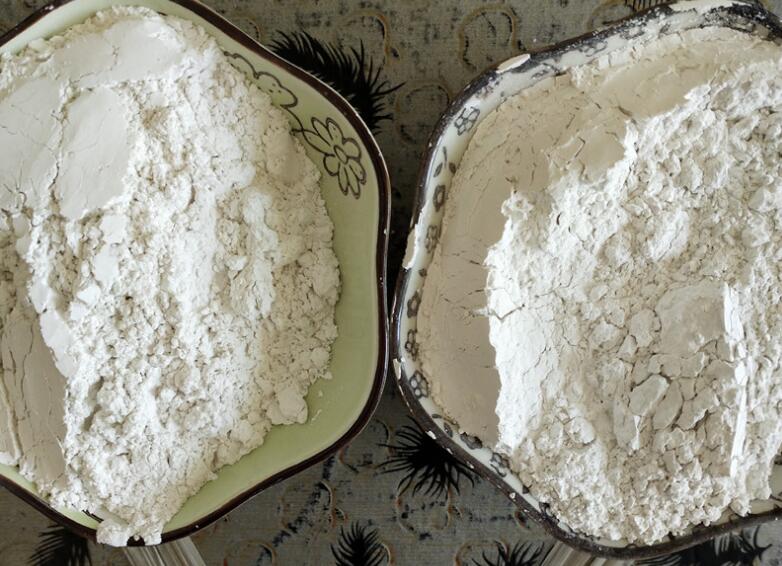Yatai Technology Magnesium Oxide Wet Desulfurization Wastewater Treatment: Technological Progress and Resource Utilization

Magnesium oxide wet desulfurization technology is widely used in industrial flue gas purification because of its high efficiency and environmental protection. However, the wastewater treatment problem that comes with it cannot be ignored.
In the field of industrial desulfurization, magnesium oxide wet desulfurization technology stands out for its high efficiency and economy. However, the wastewater generated by this technology during the treatment process contains high concentrations of magnesium sulfate and other pollutants. If it is directly discharged without treatment, it will cause serious pollution to the environment. Therefore, the development of effective wastewater treatment technology is not only related to environmental protection, but also an inevitable choice for achieving sustainable development.
Wastewater characteristics
The main characteristics of magnesium oxide wet desulfurization wastewater include high concentrations of magnesium sulfate, possible accompanying heavy metal ions, and alkaline pH. These characteristics determine the complexity and diversity of the treatment process.
Treatment technology overview
Physical treatment method: Remove suspended matter and some heavy metal ions through physical actions such as precipitation and filtration.
Chemical treatment method: Use chemical precipitation and redox reaction to reduce the concentration of magnesium sulfate and other pollutants in wastewater.
Biological treatment method: Degrade organic matter in wastewater with the help of microbial metabolism.
Membrane treatment method: Reverse osmosis and nanofiltration technology are used to efficiently remove salt and ions from wastewater.
Evaporation crystallization method: Recover magnesium sulfate through evaporation concentration to realize waste resource utilization.
Technical route and case analysis
Pretreatment: Remove suspended matter and other impurities in wastewater through physical methods to lay the foundation for deep treatment.
Deep treatment: Combine chemical precipitation, membrane technology and biological treatment methods to further remove magnesium sulfate and other harmful substances.
Resource recovery: Use evaporation crystallization to recover magnesium sulfate from wastewater and convert it into valuable products.
Standard discharge: Ensure that the treated wastewater meets the discharge standards and reduce the impact on the environment.
Case analysis shows that the combination of chemical precipitation and membrane treatment technology can significantly reduce the concentration of pollutants in wastewater and achieve standard discharge. In addition, the recovery of magnesium sulfate through evaporation crystallization not only reduces waste discharge, but also creates additional economic benefits for enterprises.
The development of magnesium oxide wet desulfurization wastewater treatment technology not only helps environmental protection, but also opens up new ways for the recycling of resources. With the continuous advancement of technology, wastewater treatment will be more efficient and environmentally friendly in the future, while bringing economic and environmental benefits to enterprises. Through the comprehensive application of multiple treatment technologies, the harmless treatment of wastewater and the maximum utilization of resources can be achieved, promoting the development of industrial wastewater treatment technology in a green and sustainable direction.








